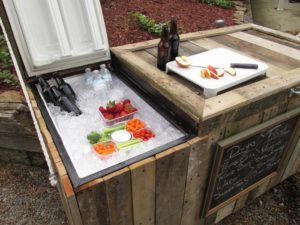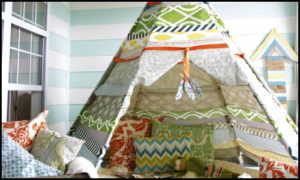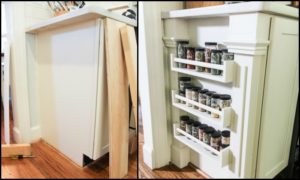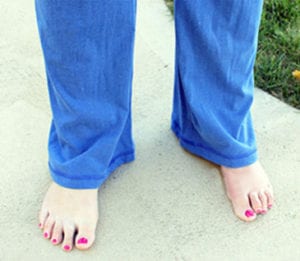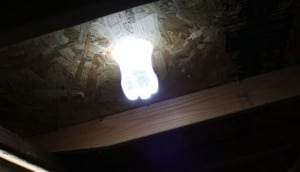Last Updated on January 29, 2024 by teamobn
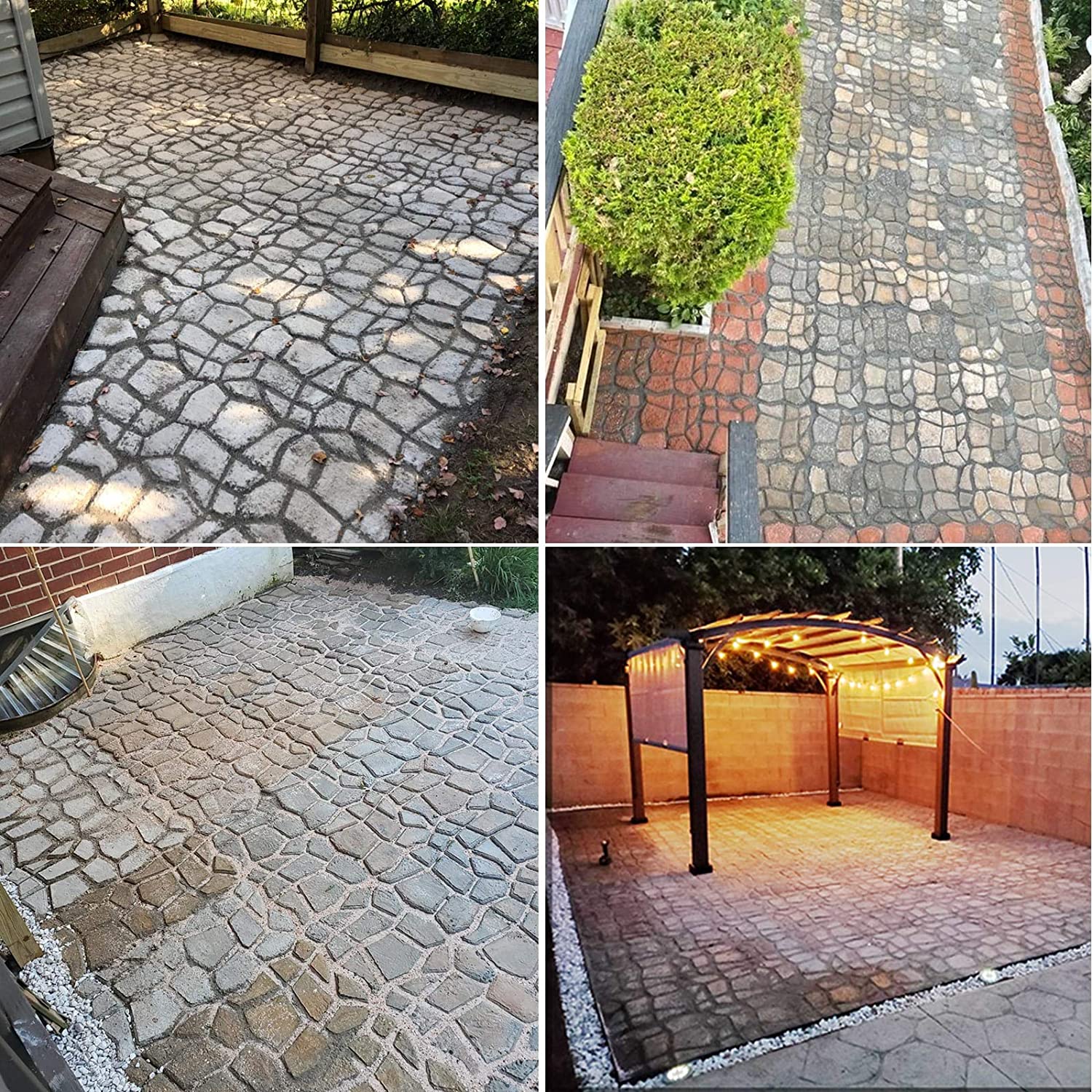
Concrete walkway molds have a special place in construction and have recently been all the rage in DIY spaces if you’re looking for an affordable DIY project for your garden. Concrete development and use are regarded as one of the twentieth century’s most significant trademarks, with designers and architects developing various techniques to test its limits with multiple walkway molds.
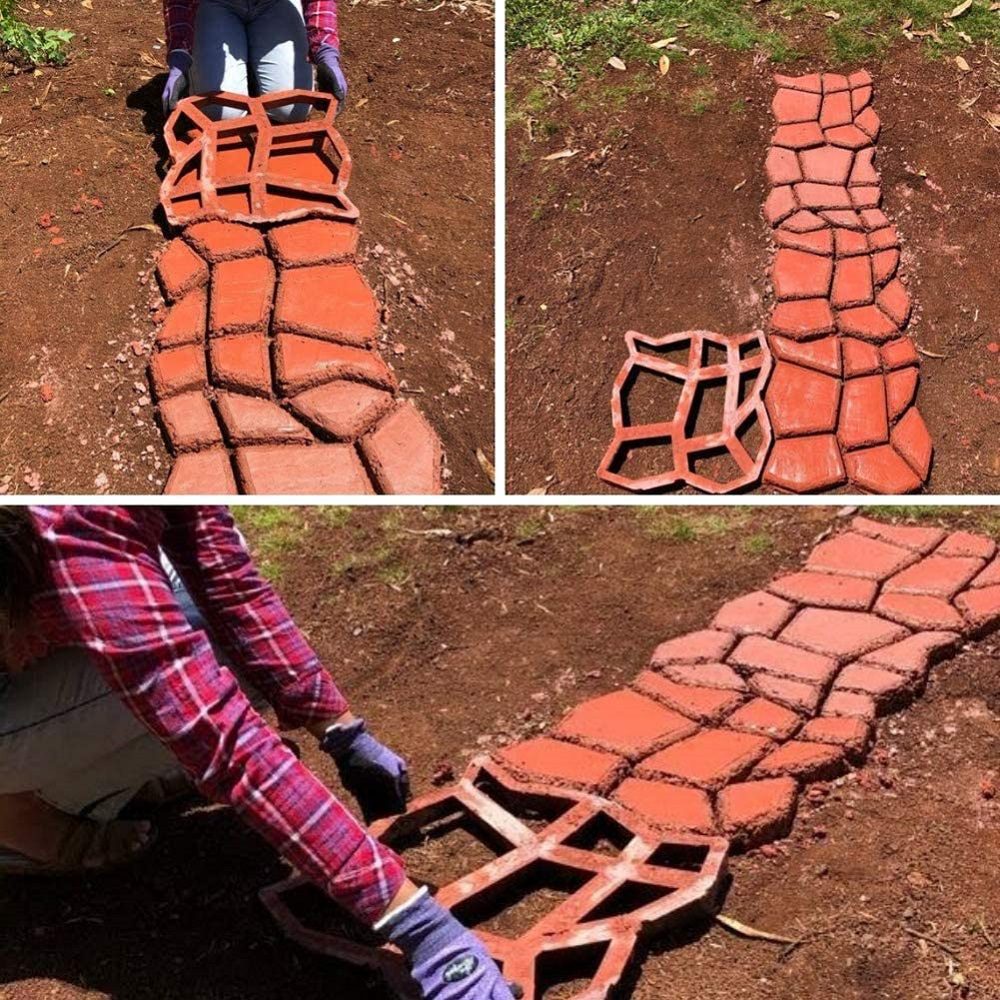
Walkway molds are available in a variety of shapes and sizes. Larger ones, known as forms, are made of wood. Molds for smaller projects can be ornamental, with design details on the bottom and sides that are imprinted onto the dried concrete.
Concrete walkway molds are an excellent way to personalize your garden. Explore the 7 best stepping stone molds for your upcoming project.
Contents
- 1 7 Best Walkway Molds
- 1.1 1. BEST OVERALL: CJGQ Plus Size Walkway Molds Reusable Concrete Path Maker Molds
- 1.2 2. BEST DESIGN CONCEPT: Walk Path Maker Pathmate Stone Mold
- 1.3 3. BEST MATERIALS: GOTOTOP Garden Pavement Mold DIY Path Maker
- 1.4 4. BEST AESTHETIC: SvitMolds Concrete Mold DIY Flower Stepping Stone
- 1.5 5. BEST PATTERN: Anothera Plus Size Walk Maker Reusable Concrete Path Maker Molds
- 1.6 6. BEST RESULTS: Concrete Molds DIY Reusable Walkway Pathmate Pavement
- 1.7 7. BEST VALUE: CJGQ Concrete Molds Reusable Walk Maker Stepping Stone
- 2 Design Ideas for Concrete Walkways
- 3 Safety Precautions and Measures for Using Walkway Molds
- 4 Walkway Molds Maintenance and Care
- 5 FAQ for Walkway Molds
- 5.1 What are walkway molds?
- 5.2 How do I use a walkway mold?
- 5.3 Can walkway molds be reused?
- 5.4 What type of concrete should I use for walkway molds?
- 5.5 How long does concrete in a walkway mold take to dry?
- 5.6 Can I add color to my concrete walkway?
- 5.7 Do I need to prepare the ground before using walkway molds?
- 5.8 How can I maintain my walkway molds?
- 5.9 Can I create different patterns with walkway molds?
- 5.10 Is it necessary to use a release agent in the molds?
- 5.11 Our Best Advice
7 Best Walkway Molds
1. BEST OVERALL: CJGQ Plus Size Walkway Molds Reusable Concrete Path Maker Molds
The design of these walkway molds is one-of-a-kind. It is capable of quickly replicating eight different stone patterns. It can be used for stepping stones, seating areas, or paving slabs.
The concrete walkway molds are made of polypropylene and can be reused. Even if you have no experience, you can create a lovely walkway. There are no professional skills or special tools required.
Run a continuous path in any direction to create a new concrete path in your patio yard or garden. Dimensions: 20″x20″x1.8″
PROS:
- Multiple unique and decorative stone patterns
- Recyclable
CONS:
- Slightly tricky small detachable rectangles
- A bit of delicate mold extraction
In general, it is a fantastic walkway molds. If you want a colorful pathway, you can add different colors or paint patterns directly with the molds. “Not as easy as it looks—at 1st,” one buyer says. “Absolutely love it, it was much easier after the first couple of sets. Ended up buying a 2nd mold to speed up the process as one bag fills about 1 1/2 molds. Durable, worth every penny!”
“I like this product it’s easy to use, my only suggestion is to put them down exactly where you want them because if you try to move the pavers after it dries all of the little rectangles will come apart,” writes one buyer.
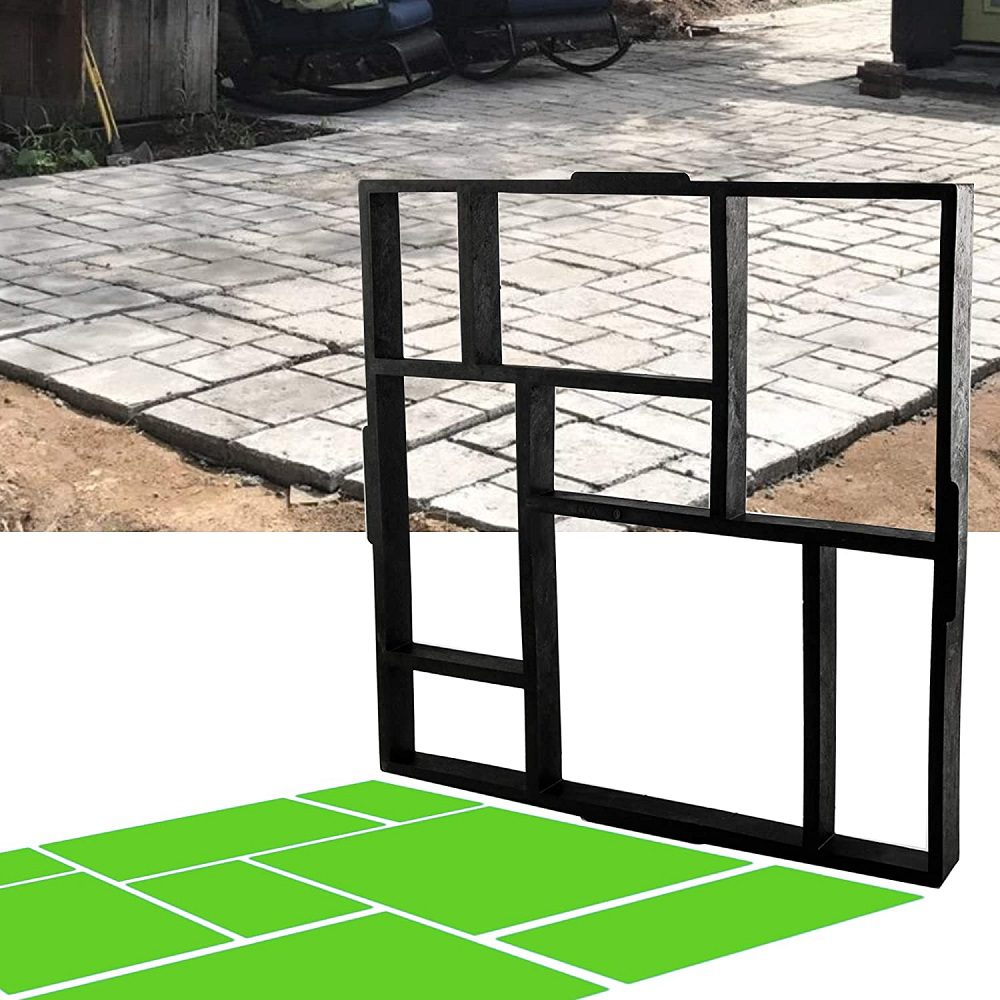
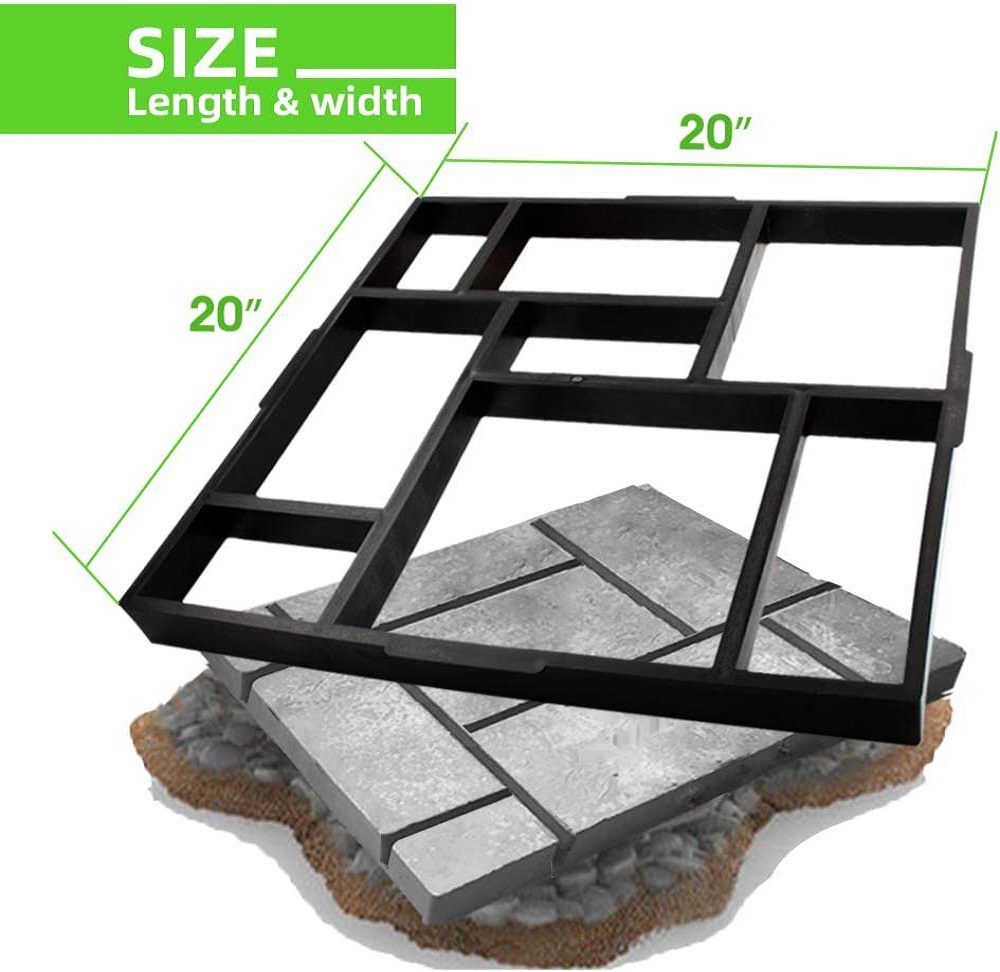
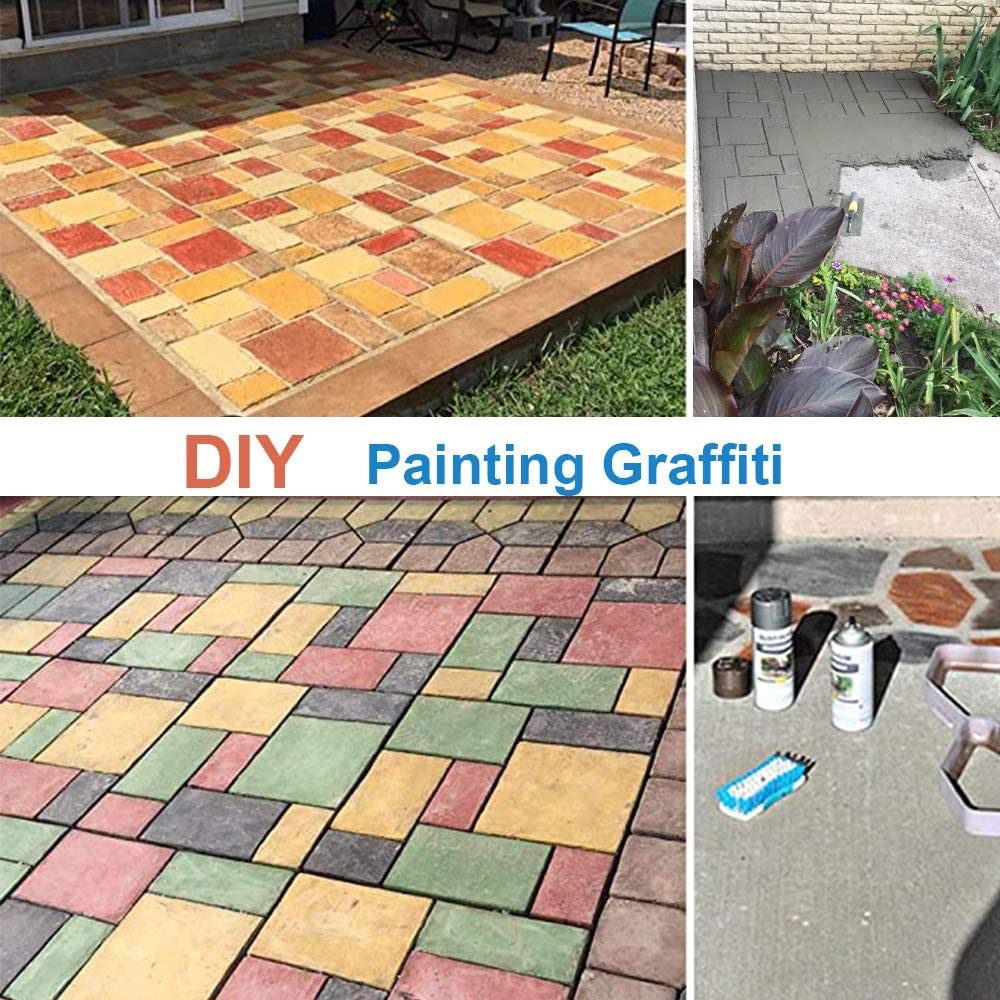
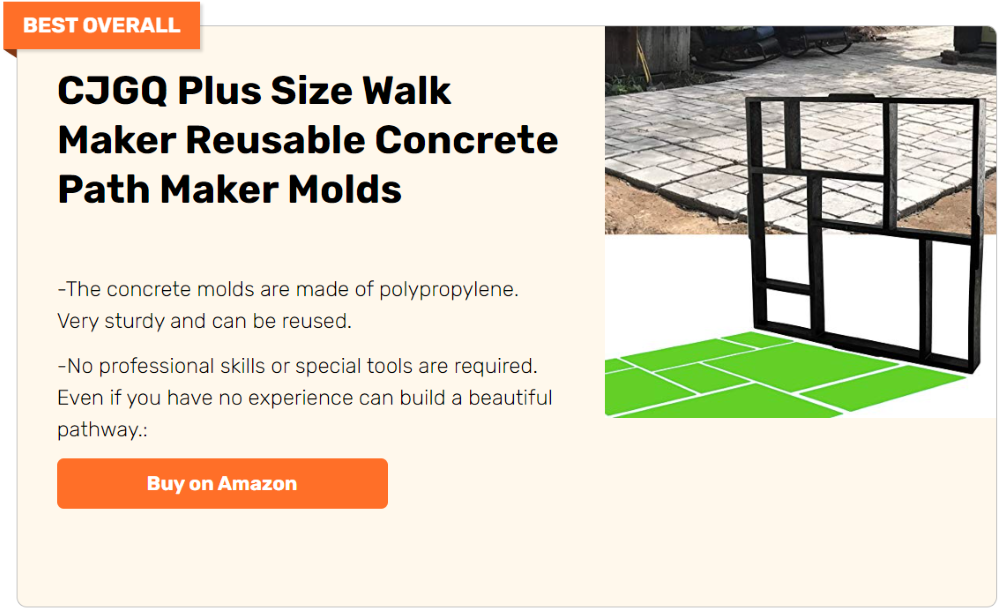
2. BEST DESIGN CONCEPT: Walk Path Maker Pathmate Stone Mold
These concrete walkway molds are intended for DIY enthusiasts who want to create their own design decoration to beautify pathways. They can easily add some artistic flair also to any sidewalks and yards.
There are no special skills required to use it. Even inexperienced people can design a lovely path. Creating a style of their own road path by laying out the effect posted up like blocks of stones so the path is more exotic. Dimensions: 13”x13”x1.4”
PROS:
- Unique artistic design
- Reusable
CON:
- Elaborate execution
It’s an ideal buy if you want to add artistic flair to your driveway and yard. “I like how the shape is not a typical square, but I am still able to line the pieces up to make a solid walking path,” a buyer says. “It is like making a walking path out of several different puzzles.”
It can be challenging to set up, but it is well worth the time and effort. “Lightly hard to work with but I like the results,” comments a buyer.

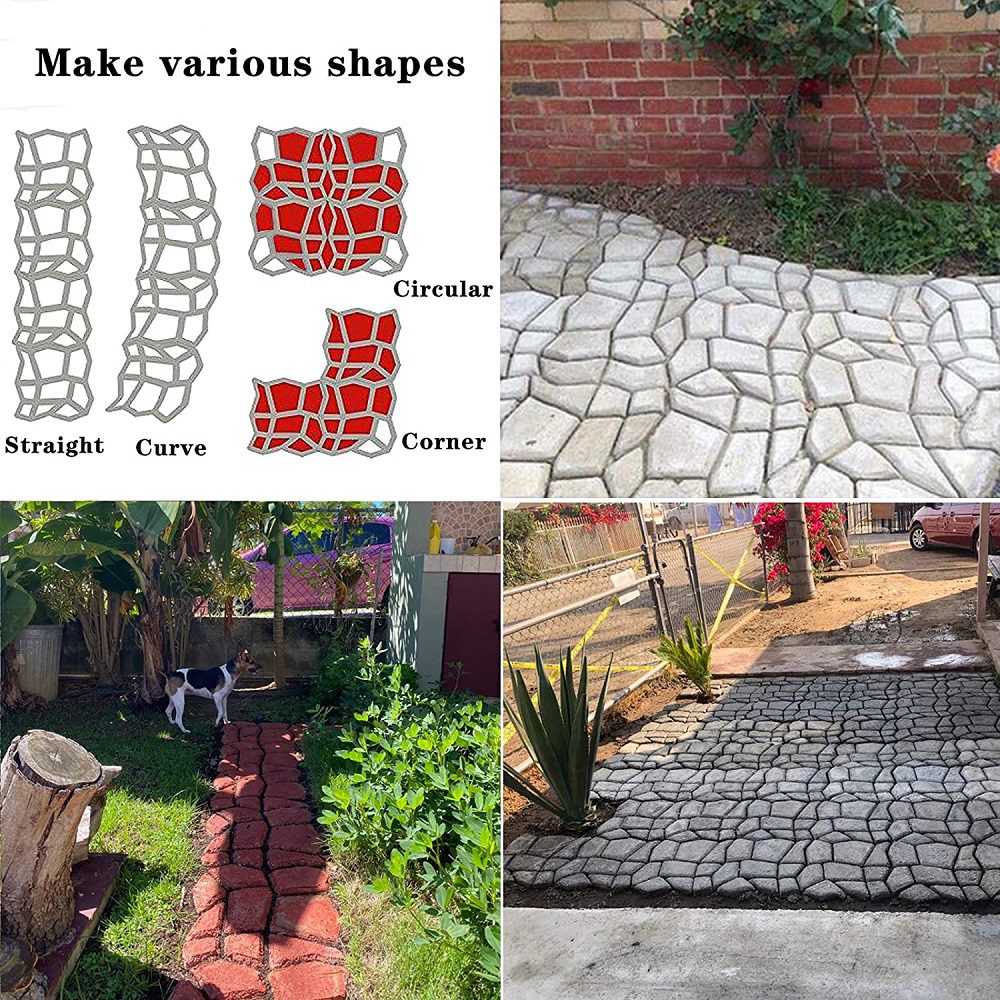
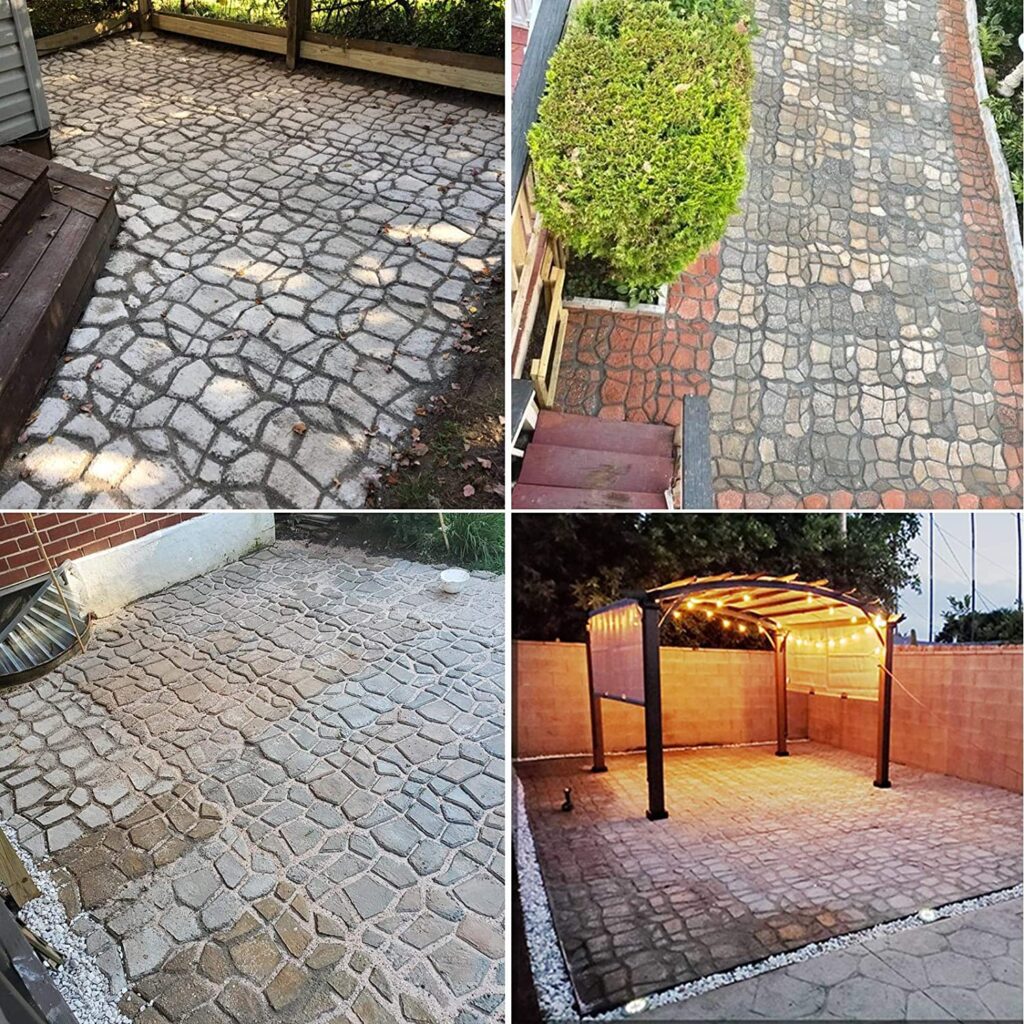
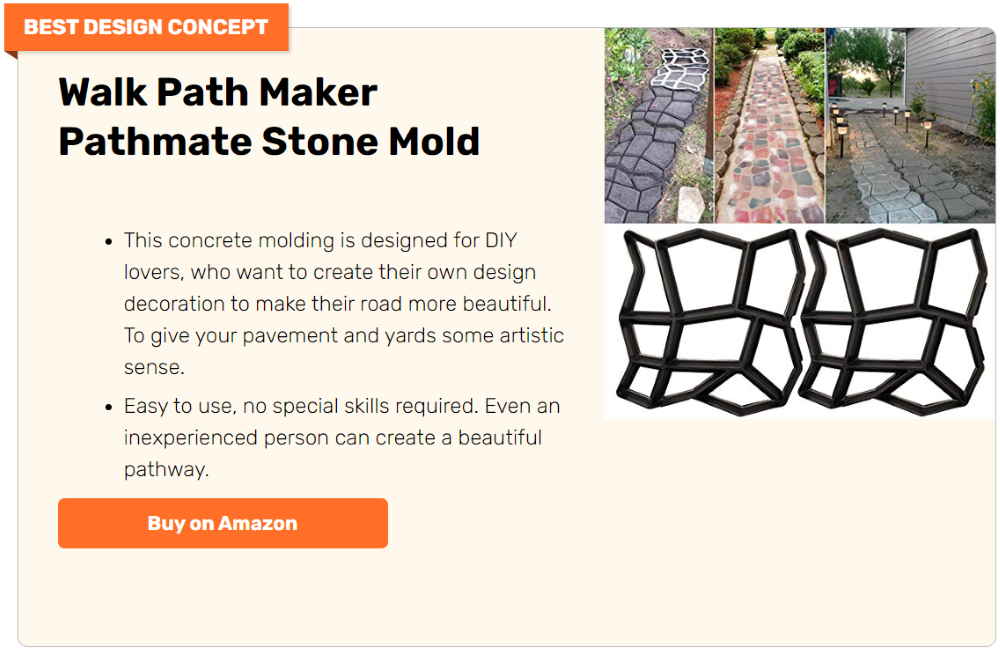
3. BEST MATERIALS: GOTOTOP Garden Pavement Mold DIY Path Maker
Made of high-quality polypropylene resin, use this heavy-duty plastic walkway molds to turn a small amount of pre-mixed concrete into concrete garden stepping stones for easy access to your garden.
Ideal for creating concrete stepping stones for landscaping gardens, streets, balconies, and villas. The paving slab molds work well in all situations and make excellent garden stepping stones. Dimensions: 15.75”x15.75” (approximate)
PROS:
- Modern square design with various grids
- Durable materials
CON:
- Limiting pattern design
Because of the unique grid design, your path will be simple and beautiful, especially if you have a modern home. “Exactly what I paid for,” says one buyer. “We’re building our patio and wanted to make our own pavers. So far so good.”
Despite the fact that it can be difficult to set up, one buyer says, “It’s great!! It’s worth the try.”
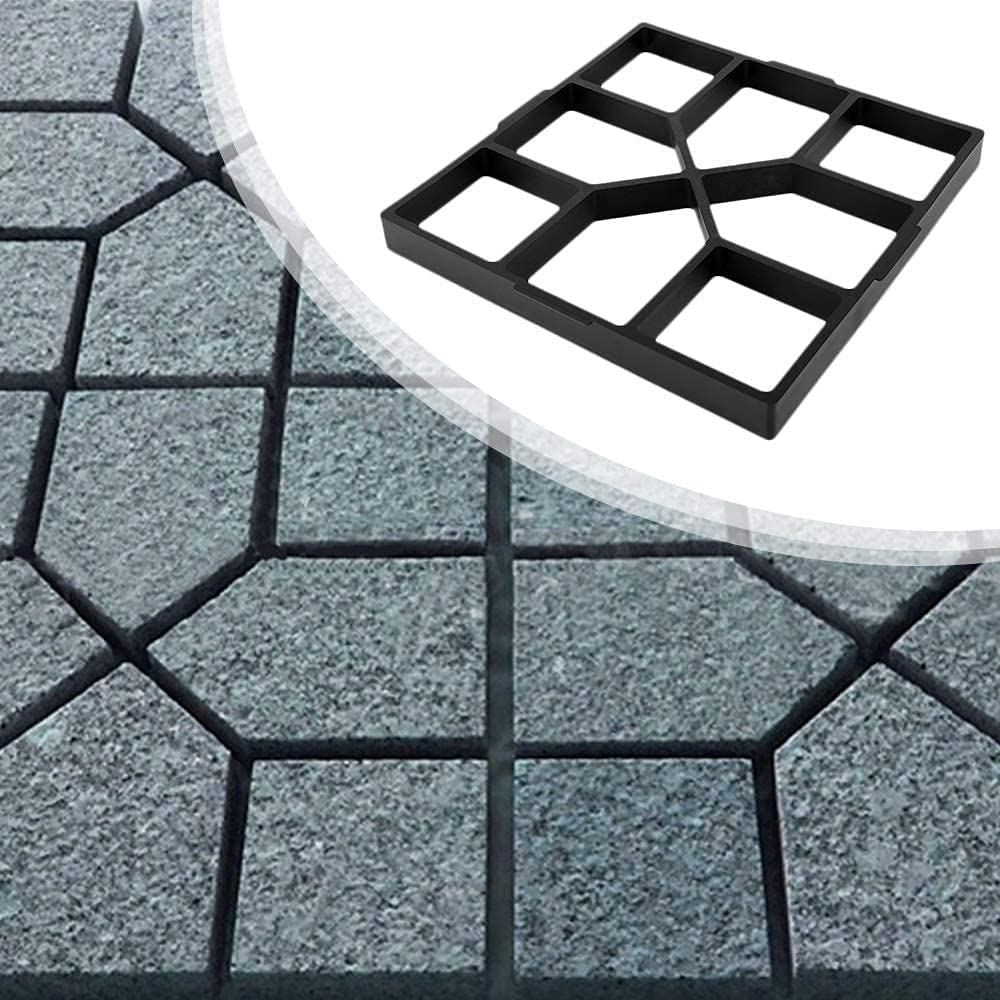

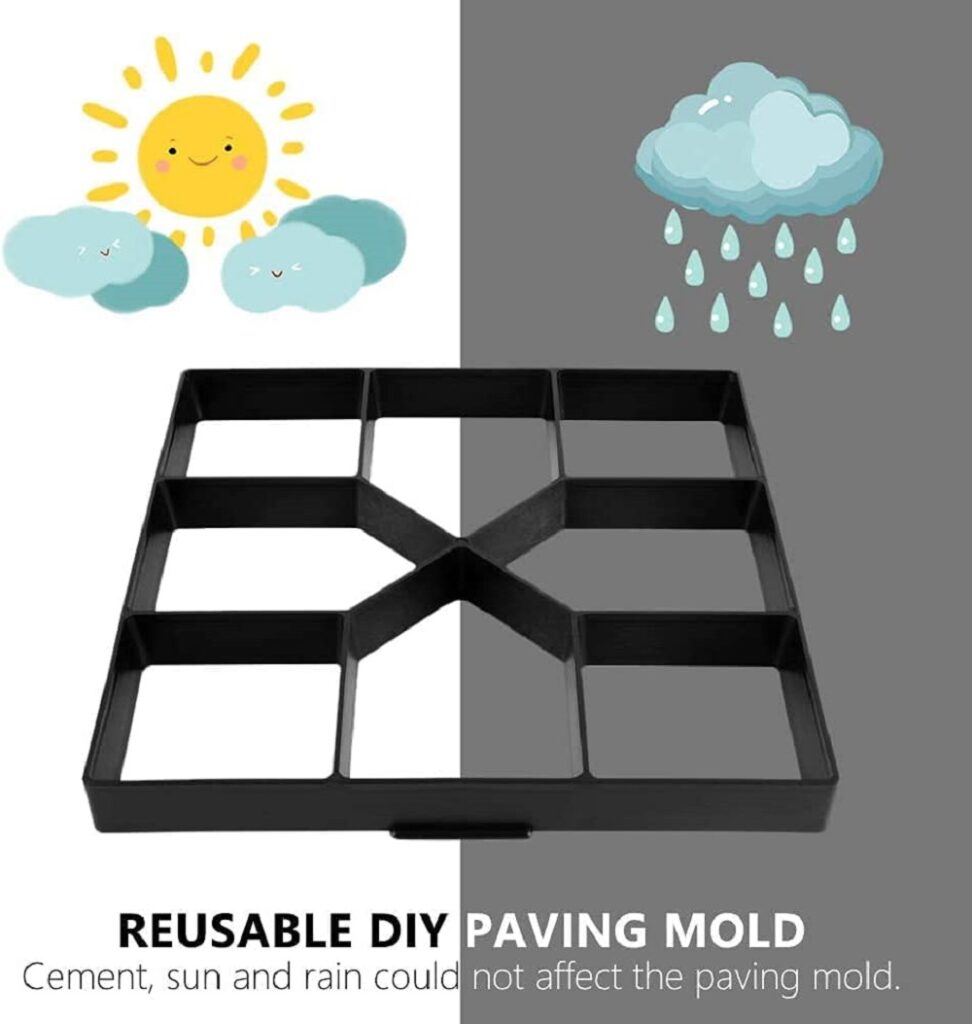
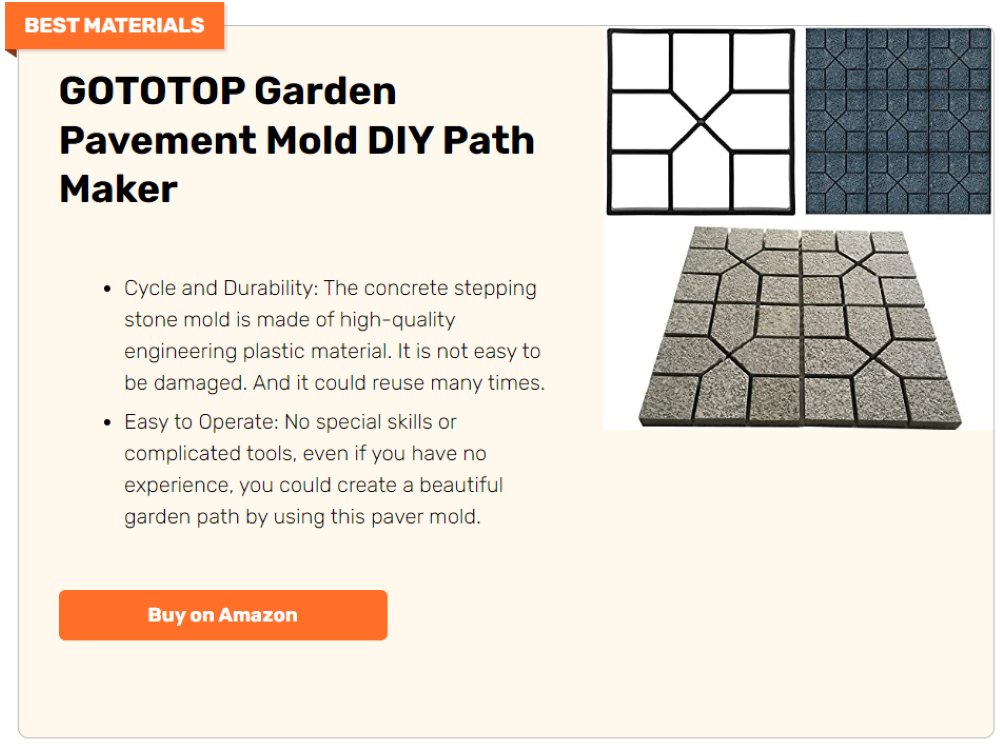
4. BEST AESTHETIC: SvitMolds Concrete Mold DIY Flower Stepping Stone
It can be used for casting concrete and can produce more than 50 decorative stepping stones for arranging garden paths with a single walkway molds. The mold is made of ABS plastic and has a thickness of 0.078″. Size: 15.74”
PROS:
- One mold for multiple garden path tile productions
- Made of inexpensive and strong plastic that withstands external impacts
CON:
- Extensive digging required
It can create a lovely pathway. “It came out beautiful,” says a buyer. “Lovely in concrete. I highly recommend.”
And despite the need to dig deep, it is still a good walkway molds. “I made simple red cement stones,” writes one buyer. “They look great in the garden against the green grass. Had to deep them a little to run the loan mower over.”
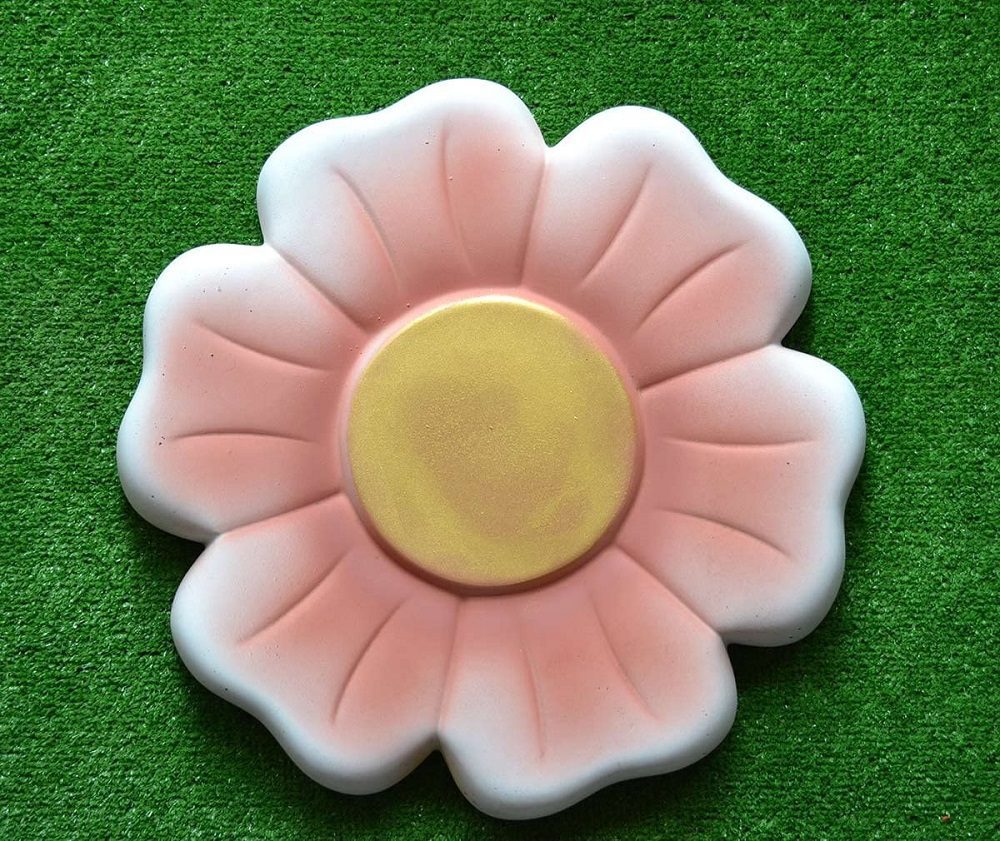
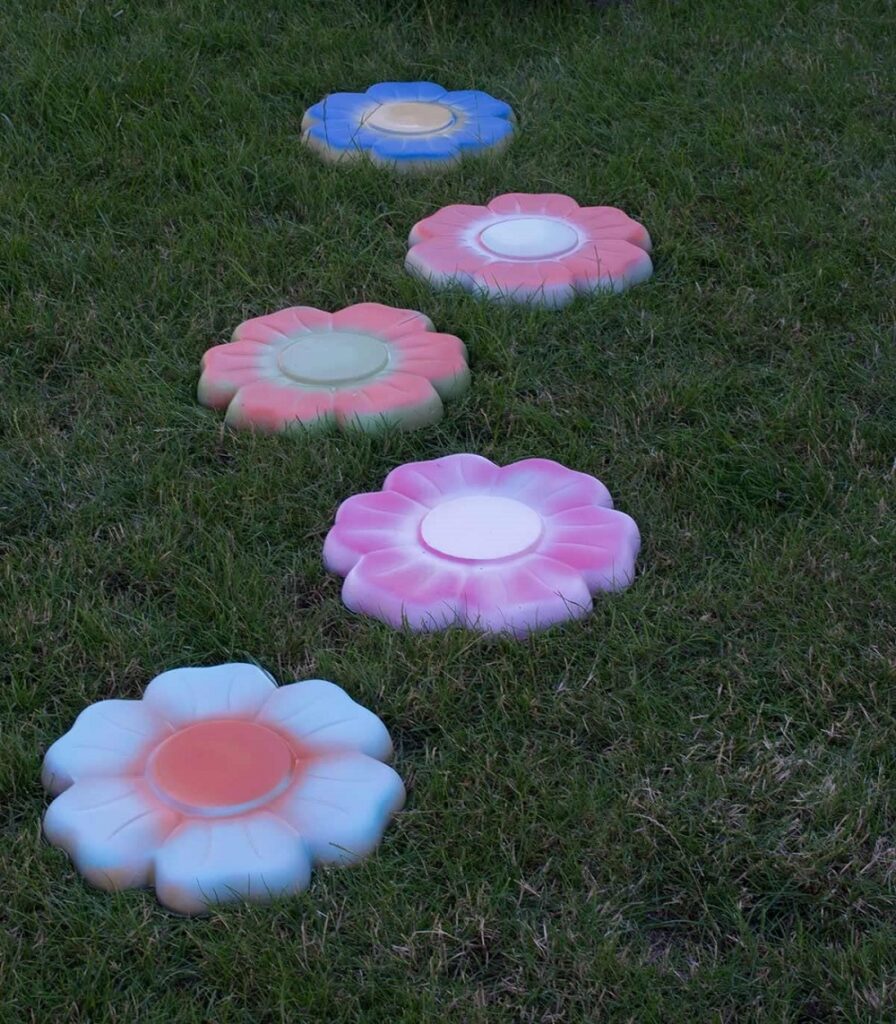
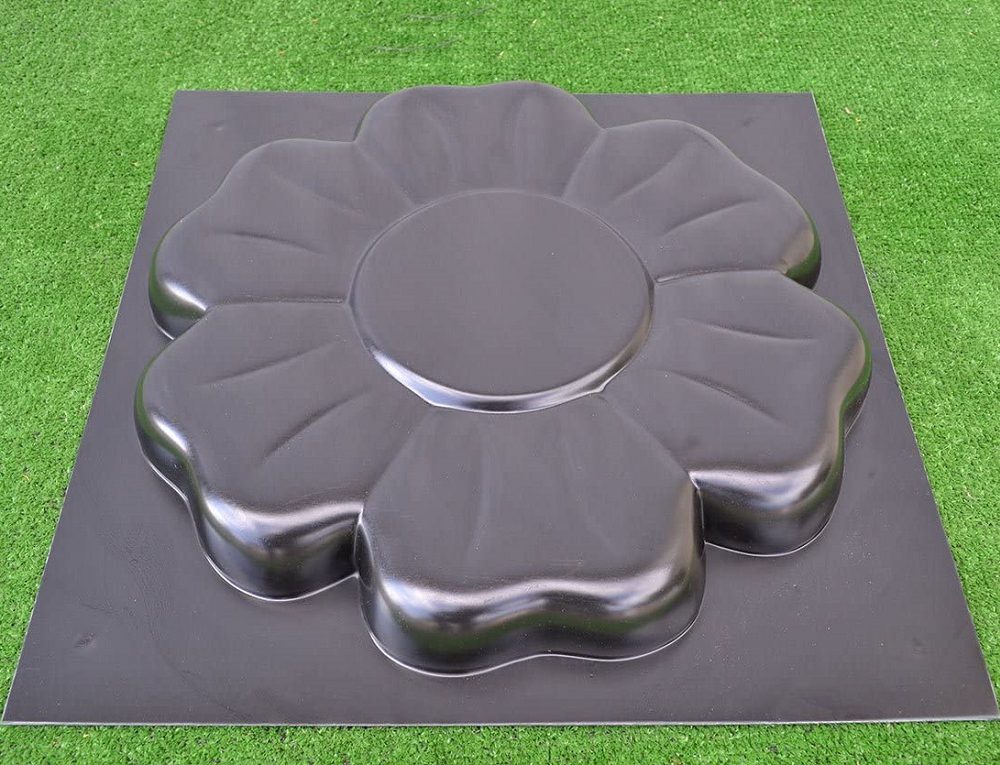
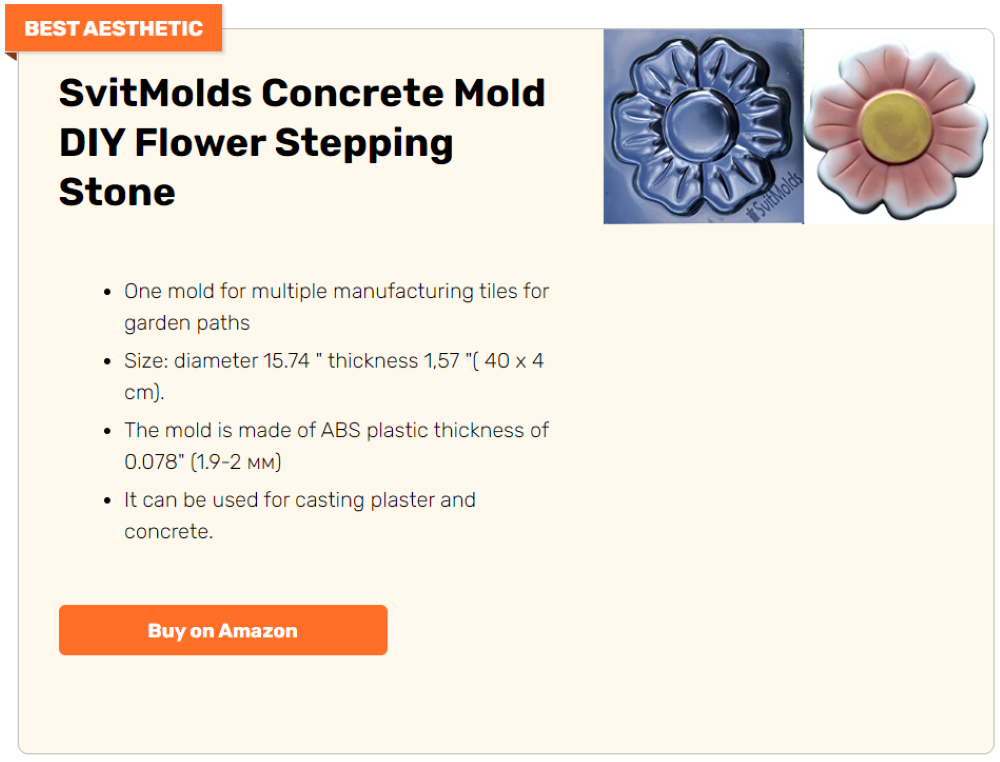
5. BEST PATTERN: Anothera Plus Size Walk Maker Reusable Concrete Path Maker Molds
The paving path or border maker is intended for those who want to design their own unique path, yard, and lawn.
There are no professional skills or special tools required. Even if you have no experience, you can create a beautiful pathway. Dimensions: 20″x20″x1.8″
PROS:
- Most basic and elegant style
- High-quality polypropylene
CON:
- Requires assembly
“We saved lots of money using these walkway molds, we did our backyard, and looks beautiful,” writes one buyer. After a hard use still keep the structure.”
“You have to assemble the pieces when they arrive but that is pretty straightforward and they have decent instructions,” says a buyer.

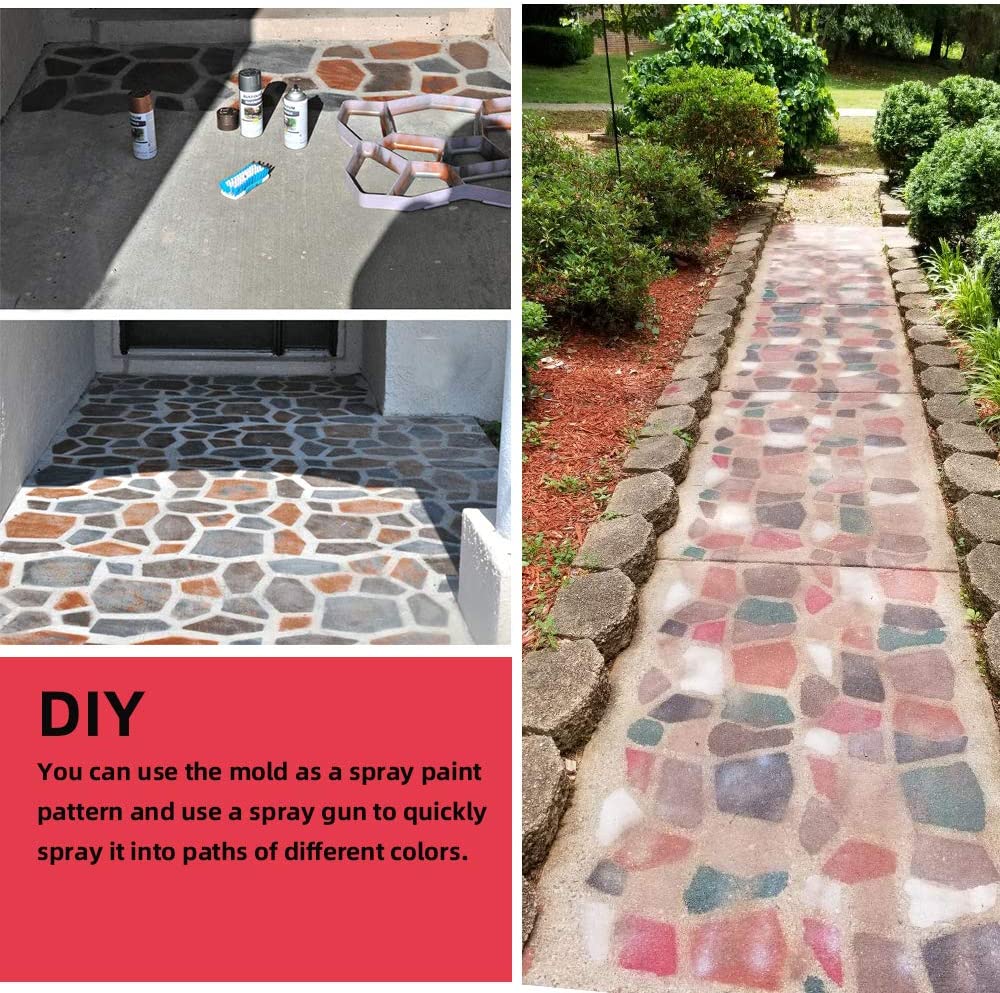
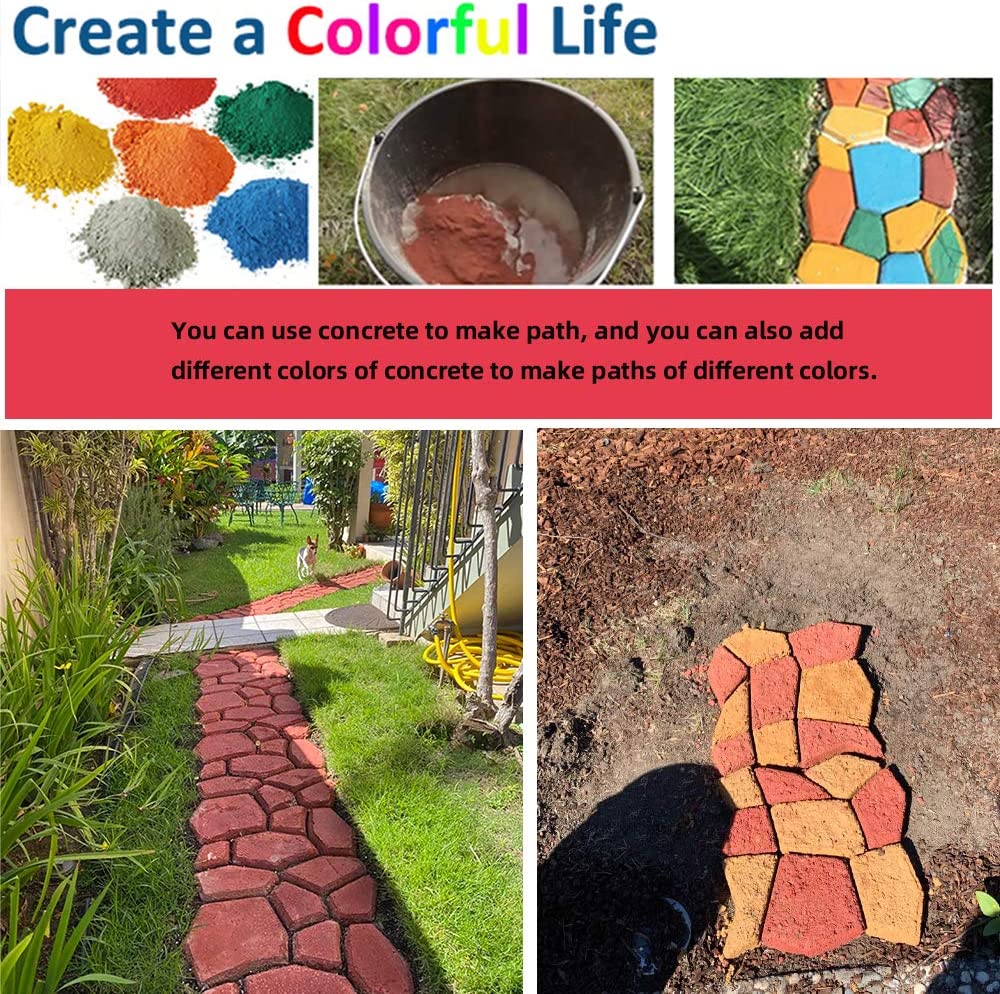
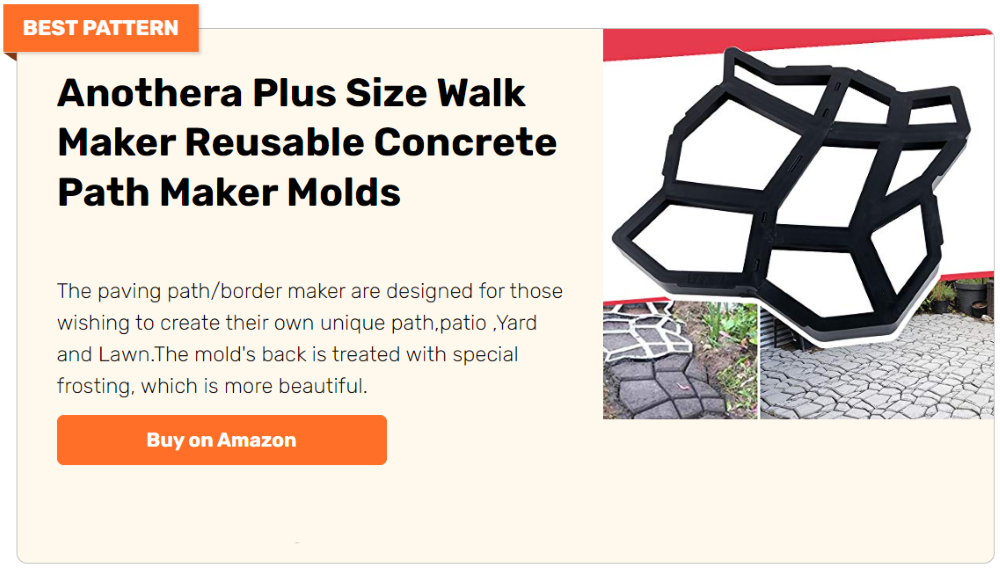
6. BEST RESULTS: Concrete Molds DIY Reusable Walkway Pathmate Pavement
This concrete board is designed for DIY enthusiasts who want to give their pavement and yards an artistic sense. The pavement board is made of very strong polyurethane material. It is durable and reusable. After use, simply rinse it with water. The board can be used for a long time. Dimensions: 15.7”x15.7”x1.6”
PROS:
- Unique pattern and shape
- Long-lasting
CON:
- Precise execution
“Easiest mold to use to create magnificent walkways… don’t pay a professional do it yourself,” says a buyer.
“The length and width of the walkway molds are not the same,” explains a buyer. “If you want the joints to match up exactly, make sure you keep the mold pointing in the same direction you started. Otherwise, you will have some joints that are wider than others.”
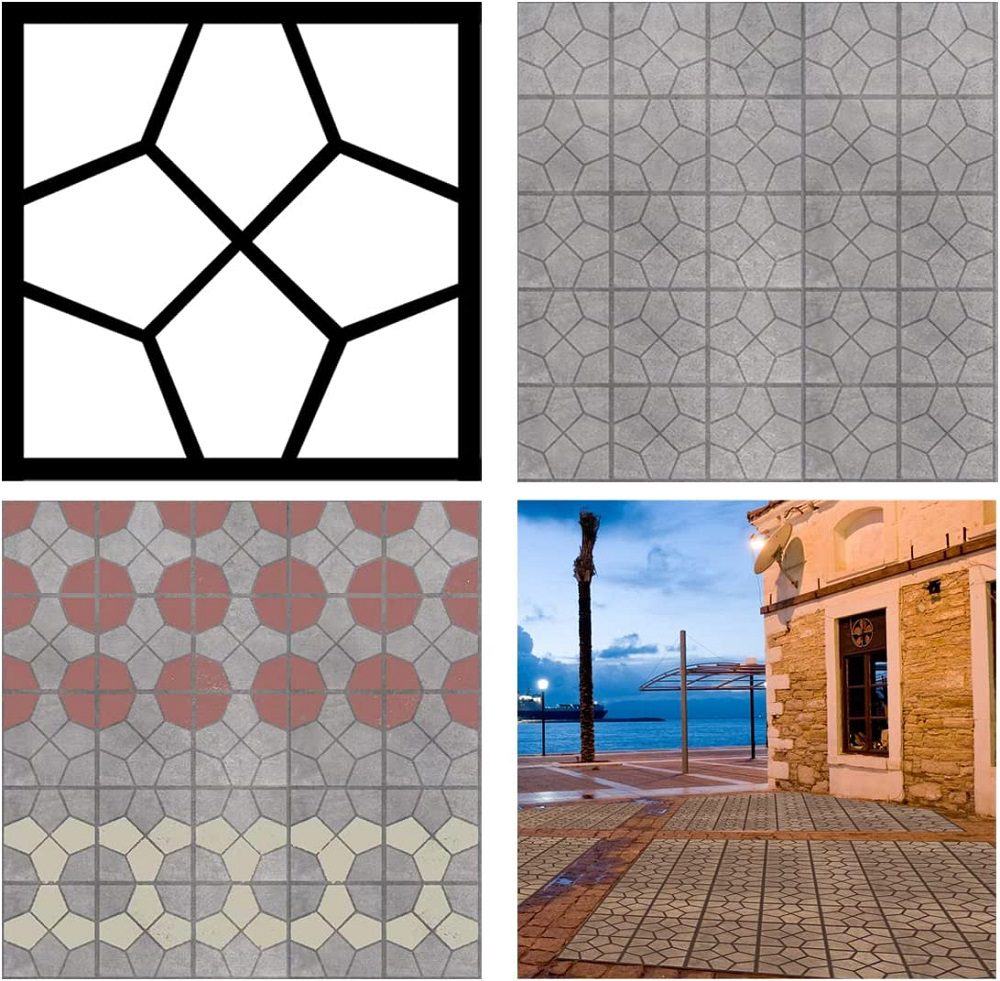
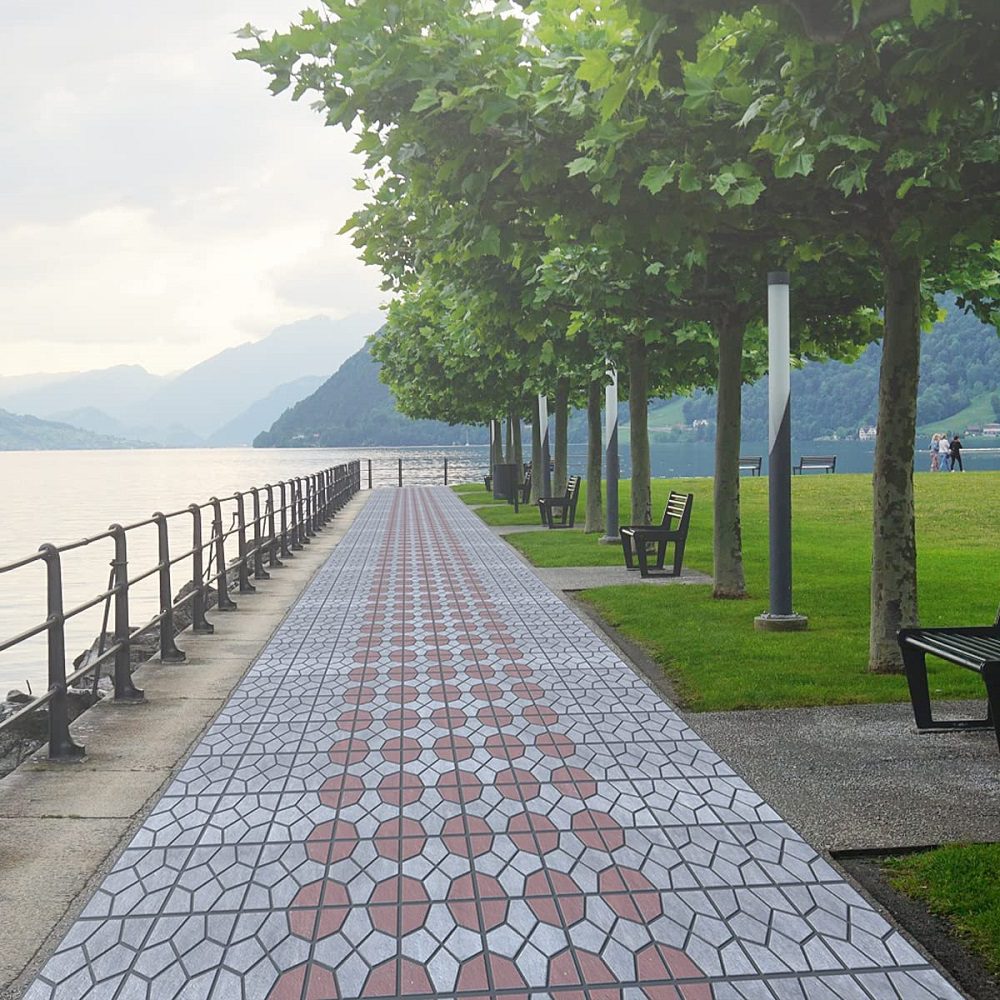
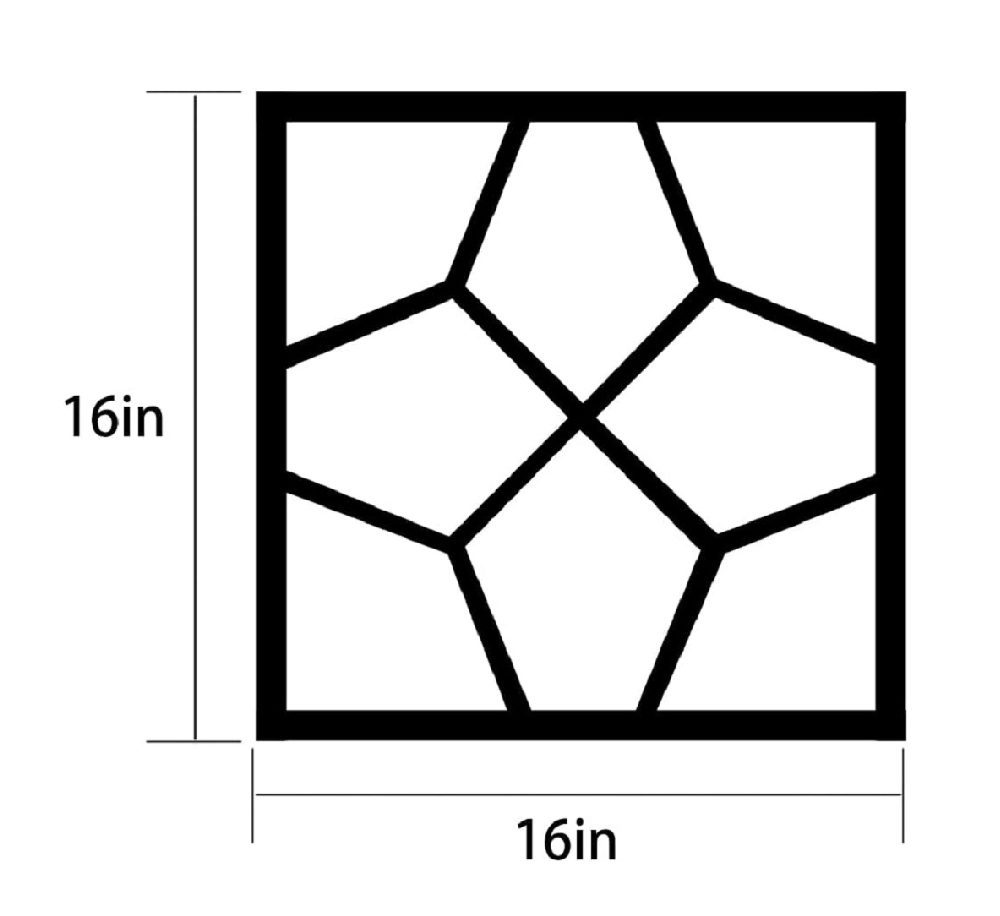
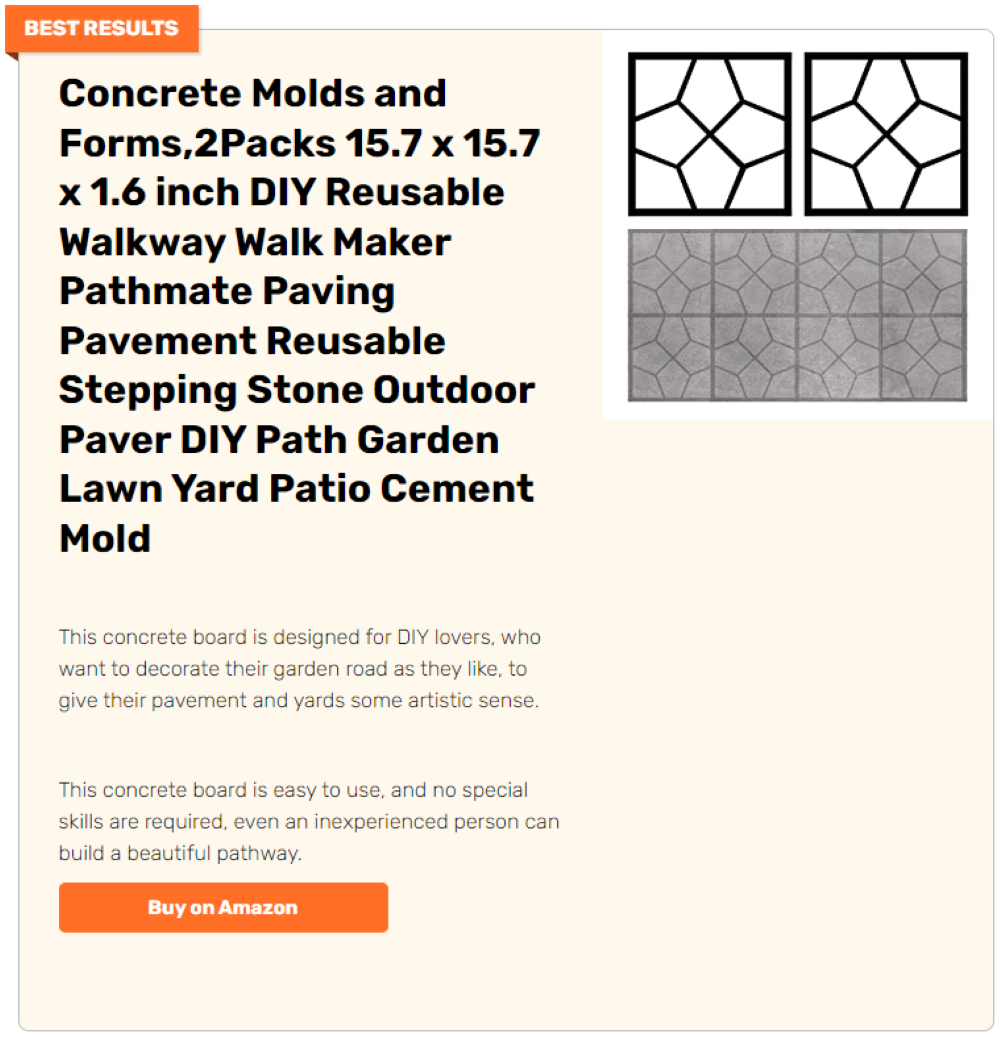
7. BEST VALUE: CJGQ Concrete Molds Reusable Walk Maker Stepping Stone
The mold is made of durable polypropylene. Make your own one-of-a-kind garden with different patterns and designs. Everyone can use it to create a unique and beautiful walkway and have fun doing it with family. Dimensions: 15.7″x15.7″x1.57″
PROS:
- Best price for its design
- Heavy-duty
CONS:
- If not set up correctly, gaps can become excessively large
- It can appear flimsy
“I generally do not write reviews this is my first because I am extremely impressed with the mold,” says a buyer. “Extremely durable and easy to work with.”
“Only thing I didn’t like was after setting the molds beside each other and pouring, the gap between the pavers was too large and I had to reposition all of the pavers after they’re poured,” a buyer explains.

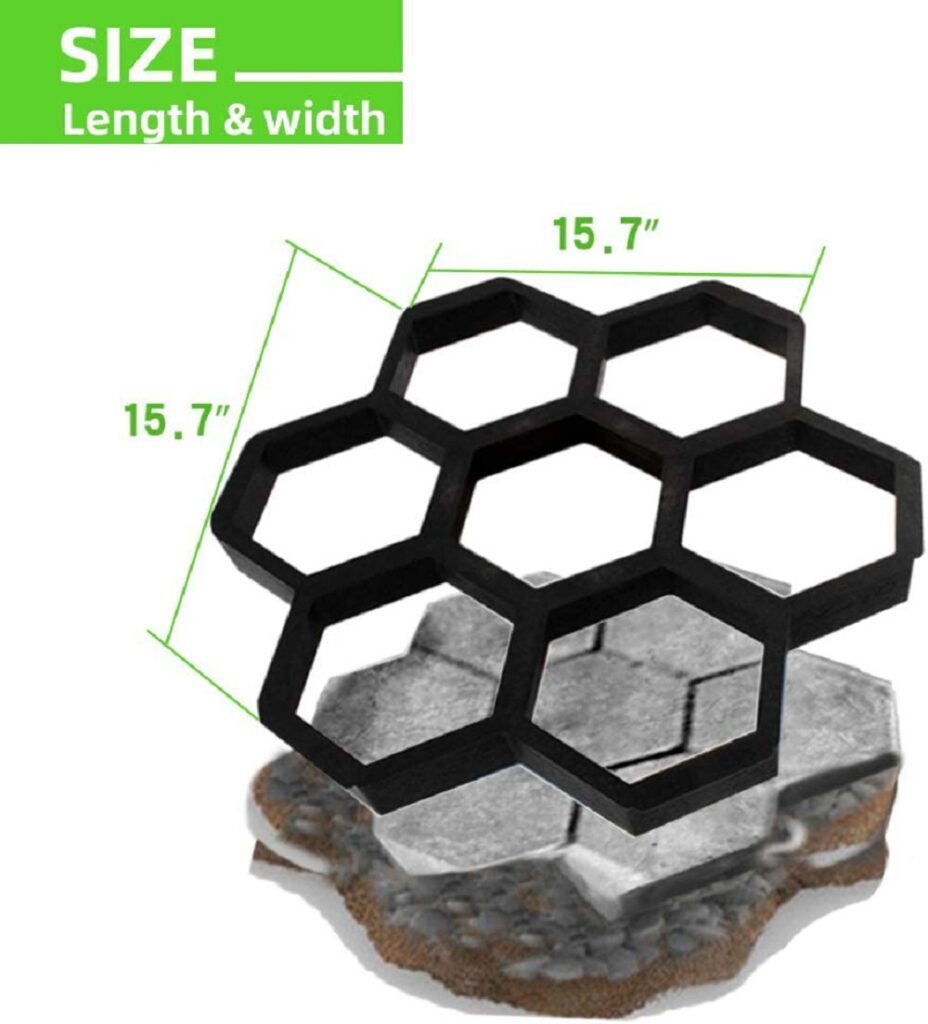
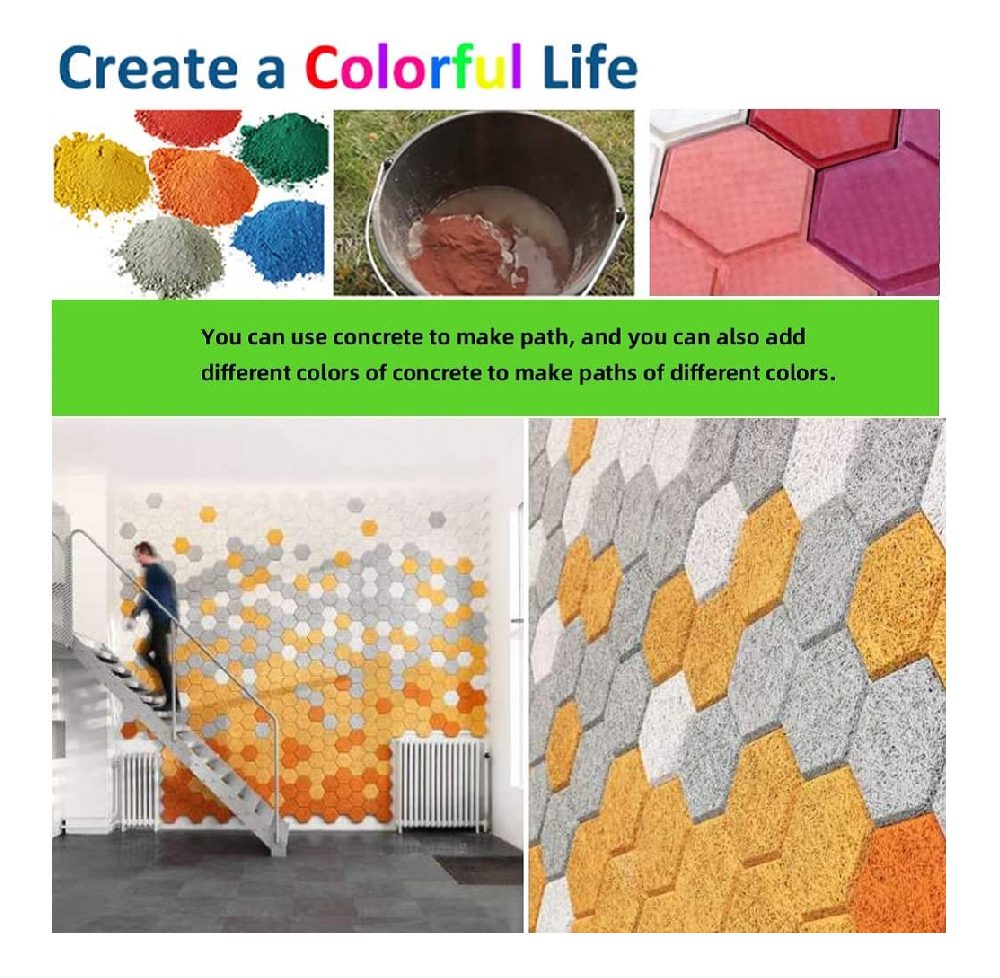
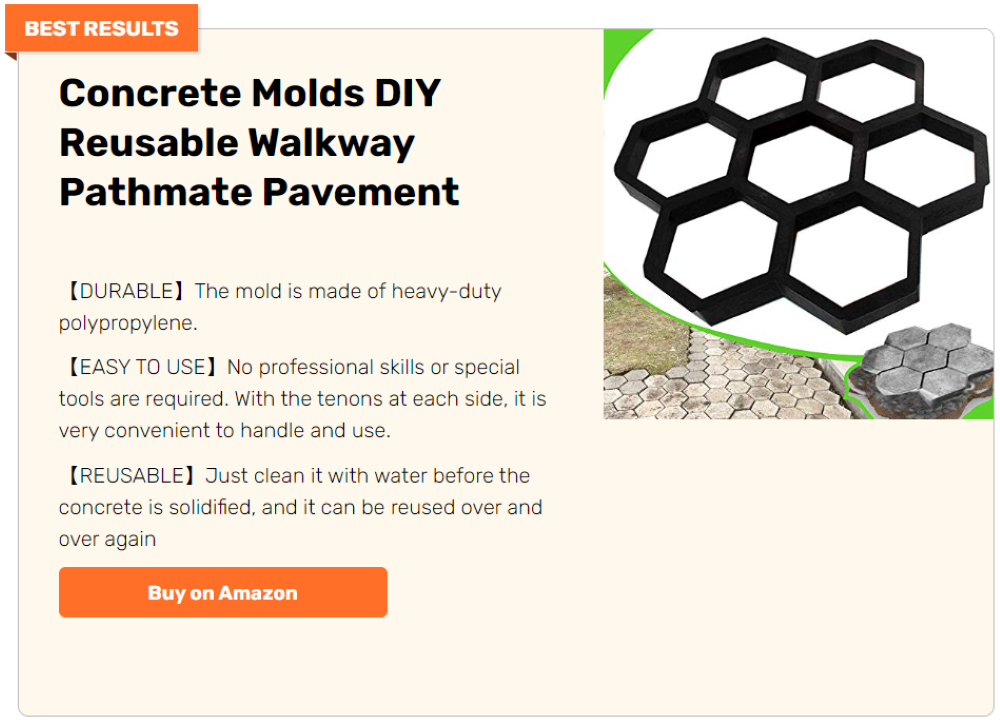
Design Ideas for Concrete Walkways
Concrete walkways are not just functional. They are a canvas for creativity. Whether you’re sprucing up your garden or adding a touch of elegance to your outdoor space, concrete walkway molds offer endless possibilities. Here’s how you can transform a simple path into an artistic feature in your garden.
Play with Patterns and Textures
Concrete molds come in various patterns, from classic cobblestone to modern geometric designs. Experiment with different molds to create a unique pathway that reflects your style. You can even mix and match patterns for an eclectic look. Textured molds add an extra dimension, giving a tactile quality to your walkway.
Color Your Path
Adding color to your concrete can dramatically change the look of your walkway. Use concrete stains or dyes to create bold or subtle hues. Mix different colors in separate sections of the mold for a more adventurous approach. This technique can produce a stunning mosaic effect that stands out.
Incorporate Nature
Incorporate natural elements into your walkway for a harmonious garden design. Embedding pebbles, sea glass, or leaves in the wet concrete can create a beautiful, organic look. This method enhances the aesthetic appeal and connects the walkway to the natural surroundings.
Light It Up
Integrating lighting into your concrete walkway can elevate its appearance and functionality. Embed solar-powered lights within the molds or line the pathway with lanterns or LED strips. This highlights the beauty of your walkway at night and ensures safety.
Personalize with DIY Art
Use custom-made or DIY stencils in your concrete molds for a personal touch. You can imprint family names, favorite quotes, or unique designs. This approach makes your walkway uniquely yours and can be a great conversation starter.
Concrete walkway molds are a versatile tool in garden design. They allow you to express your creativity and personalize your outdoor space. With these ideas, you can transform a simple path into an integral part of your garden’s charm.
Safety Precautions and Measures for Using Walkway Molds
Working with walkway molds, especially when dealing with concrete, requires attention to safety. Taking the right precautions can make your DIY project enjoyable and safe. Here are key safety measures to keep in mind when using walkway molds.
Wear Protective Gear
Always wear appropriate protective gear. This includes gloves to protect your hands from wet, caustic concrete. Safety goggles are essential to protect your eyes from splashes. If you’re working in a dusty area or dealing with dry cement, a dust mask or respirator is crucial to avoid inhaling harmful particles.
Prepare Your Workspace
Ensure your workspace is well-ventilated, especially if you’re working with concrete indoors. Keep the area clean and organized to avoid tripping hazards. Ensure all tools and materials are within easy reach but out of the way to prevent accidents.
Handle Tools and Materials Safely
Be cautious when handling tools and heavy materials. Use proper lifting techniques to avoid back strain, and be mindful of sharp edges on tools and molds. When mixing concrete, follow the manufacturer’s instructions carefully to avoid improper mixtures that can be hazardous.
Be Mindful of Wet Concrete
Wet concrete can be slippery. Wear shoes with good grip and be extra careful when walking around the work area. Also, avoid direct skin contact with wet concrete for prolonged periods as it can cause irritation or burns.
First Aid and Emergency Procedures
Keep a first aid kit nearby in case of minor injuries. It should include bandages, antiseptic wipes, and burn cream. Know the procedure for rinsing eyes in case of concrete splashes. In case of a major incident, have a plan to seek professional medical assistance immediately.
Walkway Molds Maintenance and Care
Proper maintenance and care of walkway molds are crucial for longevity and performance. Whether you’re a seasoned DIY enthusiast or a beginner, understanding how to care for your molds will ensure they remain in top condition for future projects. Here’s a guide to maintaining your walkway molds effectively.
Regular Cleaning
After each use, clean your walkway molds thoroughly. Remove any concrete residue while it’s still wet. For stubborn remnants, soak the mold in water and then scrub gently. Avoid harsh chemicals or abrasive tools that can damage the mold’s surface.
Proper Storage
Store your walkway molds in a cool, dry place. Exposure to extreme temperatures and moisture can warp or crack the molds, especially if they are plastic. Stacking them neatly will prevent deformation and make them easier to find for your next project.
Inspect for Wear and Tear
Regularly inspect your walkway molds for any signs of wear and tear. Cracks, chips, or any deformation can affect the final shape of your walkway. If a mold is damaged, it’s better to replace it to ensure the quality of your projects.
Use a Release Agent
Before pouring concrete into the mold, consider using a release agent. This will make it easier to remove the set concrete and prolong the life of your walkway molds. It prevents sticking and residue buildup, keeping your molds in good condition.
Avoid Direct Sunlight
If your walkway molds are made of plastic, prolonged exposure to direct sunlight can cause them to become brittle. Store them away from direct sunlight to maintain their durability.
FAQ for Walkway Molds
What are walkway molds?
Walkway molds are tools used to create concrete pathways. They come in various shapes, sizes, and designs, allowing for personalized walkway creations in gardens, patios, and landscapes.
How do I use a walkway mold?
To use a walkway mold, place it on a flat surface and fill it with concrete. Smooth the concrete level with the mold’s top. Let it set until it’s firm enough to hold its shape, then gently remove the mold.
Can walkway molds be reused?
Yes, most walkway molds are reusable. Proper cleaning and storage after each use will extend their lifespan.
What type of concrete should I use for walkway molds?
A general-purpose concrete mix is suitable for most walkway molds. Ensure the mix is suitable for outdoor use and can withstand weather conditions.
How long does concrete in a walkway mold take to dry?
Concrete drying time can vary depending on weather conditions and the concrete mix. Generally, it takes about 24 to 48 hours to dry enough to remove the mold.
Can I add color to my concrete walkway?
Yes, you can add color to your concrete walkway. Concrete dyes or stains can be mixed into the concrete before pouring it into the mold.
Do I need to prepare the ground before using walkway molds?
Yes, preparing the ground is essential. The area should be flat and compacted. Laying a base of sand or gravel can provide stability and drainage.
How can I maintain my walkway molds?
Clean your molds after each use, store them in a dry place, and avoid exposure to extreme temperatures and direct sunlight.
Can I create different patterns with walkway molds?
Yes, you can create various patterns by using different molds or by placing the same mold in different orientations.
Is it necessary to use a release agent in the molds?
While not always necessary, a release agent can make removing the mold easier and help preserve its condition.
Our Best Advice
If you choose to make your own garden stepping stones, you will have a plethora of design options. Molds are available in both small and large sizes. There are square, oval, hexagon, and other shapes available.
Examine the overall condition of your pathway or walkway before you begin. Consider the amount of space you’ll need to cover and the aesthetics of your existing garden.
You can also begin working on your garden as soon as the weather permits. So it’s something light and exciting. Just have fun! If you want more fun projects for your garden, check out our DIY garden chess board set.


